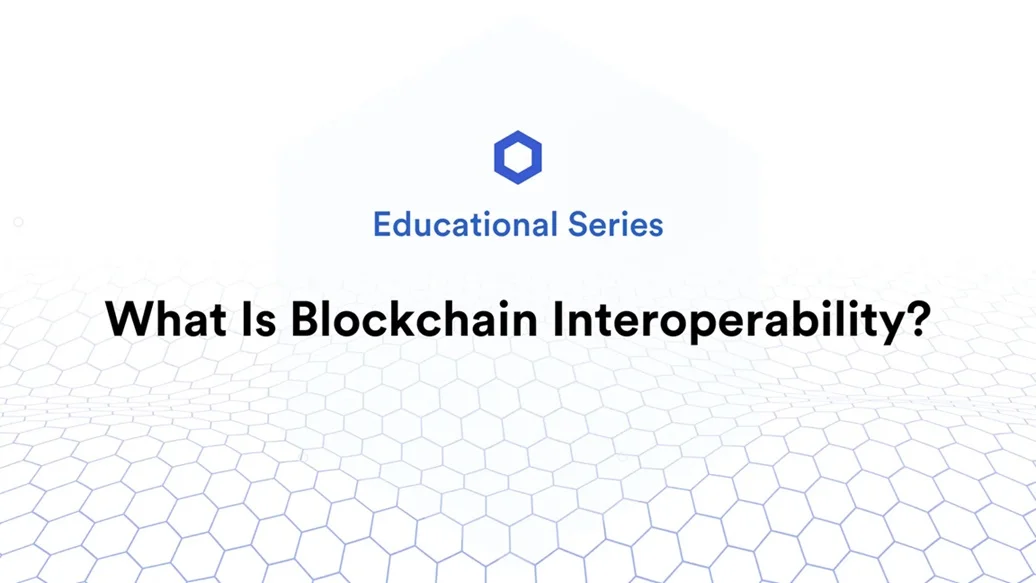The perspective we have related to the security and data and decentralization when we talk about Blockchain technology, it will break completely. However, along with the increasing number of blockchains rises the problem of how these heterogeneous systems will communicate and interoperate. Now, this is the challenge that is and will be tackled by the Interoperability of blockchain. In this article, you will learn: Interoperability of blockchain technology. What Is Blockchain Interoperability and Why Does It Matter? What is Blockchain Interoperability? Blockchain interoperability comes with challengesThe future prospects for blockchain interoperability
What is Blockchain Interoperability and How Does It Work
The ability for blockchain networks to communicate, share data and interact with one another is known as blockchain interoperability. Interoperability permits the transfer of assets and data between diverse blockchains without a need for a universal intermediary. We also need more EVM chains to enable a future that is not only decentralized but interconnected and fluid.
Blockchains more often than not are independent networks with their own protocols / standards, rules and governing model. This has also historically made transfering information from one blockchain to another or any asset from one chain to another one sohard. As an example, the two most popular blockchains — Bitcoin and Ethereum — are unable to communicate without some form of middleware. To address this problem, the answer is interoperability, to put it simply, functions, in terms of bridge solutions to assist in the interaction of blockchains with each other.
Explanation of -What is Blockchain Interoperability?
There are different methods to achieve blockchain interoperability, each method with its own advantages and challenges. Some of the techniques are fairly common:
Cross-Chain Bridges: Cross-chain bridges demarcate different blockchains, allowing them to converse and transfer stuff or data between each other. The bridge works by freezing the asset on one chain and creating a mirroring asset on another. As an example, wrapped Bitcoin (WBTC) on the Ethereum network stands for Bitcoin (BTC) that gets locked in a smart contact.
Atomic Swaps: Atomic swaps enable users to swap cryptocurrencies on different blockchains with no third party or centralized exchange required. It is a process that is based on smart contracts and the smart contract guarantees that the swap is done or not done at all, removing counterparty risk.
Interoperable Protocols: Certain protocols such as Polkadot and cosmos are compatible first protocols, built from a base of interoperability Both use relay chains (Polkadot) or hubs (Cosmos) to allow communication and data exchange between the different blockchains.
Sidechains : Side chains are independent from the parent chain (mainchain) for all their governance, but can interoperate with the parent chain. This allows assets to migrate to and fro from a sidechain and also permits innovation without hampering either the performance or the security of the main blockchain.
Oracles: Oracles are third-party solutions that feed external data into smart contracts. They provide cross-chain interaction between different blockchain networks by allowing them to use the same external data about the current state of things to execute smart contracts.
Interoperable Standards and APIs: Common standards and application programming interfaces (APIs) can make it easier for different blockchains to share information. As an example, there is a framework called the Interledger Protocol (ILP), which can be used to move value across ledgers.
The Future of- What is Blockchain Interoperability?
Notwithstanding these challenges, prospects for blockchain interoperability remain largely positive. This may be the first sign it will be a key part of the mainstream blockchain.
Higher Cooperation In Between Blockchain Projects: We are seeing a higher collaboration in between blockchain jobs to collectively resolve the interoperability issues as the blockchain area develops. This will likely continue, bringing together deeper solutions.
Improvement of Stronger Interoperability Solutions — Projects such as Polkadot, Cosmos and Quant are constantly improving with each additional layer of interoperability solution added. However, these platforms are trying to work through the issues and raise the bar in the industry.
Interoperability of blockchains can also help interconnect decentralized blockchain networks with conventional financial systems, promoting additional integration and adoption of blockchain technology within traditional finance.
Emergence of New Use Cases for Adoption — While seamless interoperability is still an aspiration, when it becomes a reality one can anticipate largely new use cases. These can be cross-chain DeFi applications or multi-chain solutions for supply chains.
Blockchain Interoperability Alliance, Interledger Protocol are the part of the journey to the future, thus we have a standard solutions on the horizon, standardized solutions mean standardized solutions. (ie structural framework) which are used more broadly, more safe for cross-chain transactions.
Conclusion
Blockchain interoperability is an important step forward in the towering evolution of the blockchain that can stimulate more functionalities, drive more use cases, and deliver better user experiences. But with that, real-world interoperability doesn’t come easy either. Throughout history, we have reached far and wide through our numerous collaborations and ever-evolving technological abilities, and the public blockchain interoperability will someday play a huge part in forming the decentralized web to bring us a bit closer to an economy that is so intertwined and working so harmoniously.
